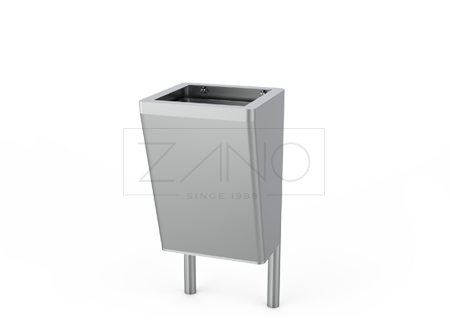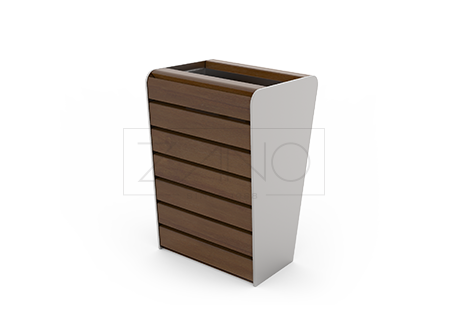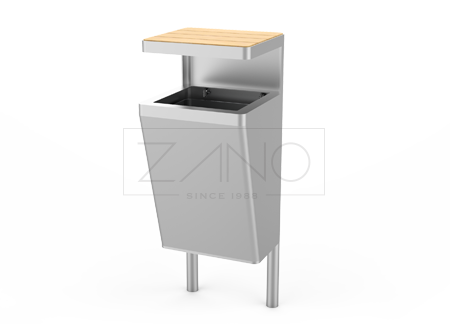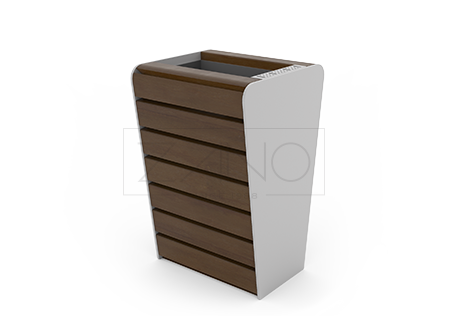
Litter Bins
single
Litter bins are an essential component of urban infrastructure, playing a crucial role in maintaining cleanliness and order in public spaces. The category of single litter bins refers to standalone receptacles designed for the disposal of waste in outdoor environments. These bins are strategically placed in parks, streets, commercial areas, and near public institutions to encourage proper waste disposal and help prevent littering.
Single litter bins are crafted with functionality and durability in mind. Typically constructed from robust materials such as steel, stainless steel, or high-density polyethylene, these bins are designed to withstand the rigors of outdoor settings, including adverse weather conditions and frequent use. The materials are selected for their resistance to corrosion, vandalism, and UV damage, ensuring that the bins maintain their aesthetic appeal and structural integrity over time.
The design of single litter bins often reflects a balance between practicality and aesthetics. Many models feature easy-to-use openings, which may include dome-shaped tops, swing lids, or open sides, allowing for convenient access from various angles. This accessibility not only enhances user convenience but also aids in maintaining higher levels of hygiene. To further support cleanliness, some bins are equipped with internal liners or bags that can be easily removed and emptied.
In addition to their primary function, single litter bins also contribute to the visual and environmental quality of urban landscapes. They are available in a variety of styles, from modern and sleek to traditional and ornate, allowing them to blend seamlessly into or enhance the existing urban decor. Colors and finishes can be customized to match corporate colors or complement other street furniture elements such as benches, bollards, and lamp posts.
Overall, single litter bins are indispensable tools in managing waste in public spaces. They reinforce responsible waste disposal habits, help maintain cleanliness, and contribute to the overall aesthetics and functionality of urban environments. By selecting the appropriate design and material, municipalities and private enterprises can significantly impact public satisfaction and environmental health.




